Whether you are preparing for a new puppy or you just welcomed a new puppy into your home, this blog post is for you! Bringing home a new puppy is a lot of work, so our goal is to set you up for success by working smarter not harder. Here are five down-and-dirty tips for training your new puppy!
1. Hand Feed All Meals
You need to be significant to your puppy. The best way to do this initially is to use food as a training reward. Teach your puppy Luring (forward and backward and in circles left and right), then teach your puppy to lure into a Sit and Down. From there, work on Name Game and Crate Drills. Using food as a training reward will build your puppy’s motivation for training and teach it that training is fun! If your puppy is not hungry or not willing to work for food right away on day one, wait a few hours and then try again. Your puppy can fast for up to 12 hours or more to build “food drive” (as we call it). The pain of withholding food is rewarded ten times by having a food motivated puppy who loves training with you. Training provides puppies with a “job” and a mental stimulation out which are crucial to puppy raising success!
How-to videos:
(Our YouTube Channel has over 100 videos!)
2. Crate Train Your Puppy
This one is not negotiable. If you want a puppy who’s pleasant to be around, not pottying in the house, not waking you at all hours and not chewing your carpet, you need to use a crate. Start with Crate Drills to make the crate a positive experience for your puppy. By building the reward history inside the crate, your puppy will view it as a good place to be. The first few nights will be tough no matter what – almost all puppies cry in the crate initially. Tough it out, give your puppy potty breaks every 2-3 hours, and within a few days as long as you’re meeting your puppy’s needs for exercise, training and mental stimulation, your puppy will use crate time to take a nap and decompress. Be sure to put the crate in an isolated location, cover it up and turn on a fan for white noise. As soon as your puppy wakes up from a nap, let him out!
For tips on how to select the right crate, read out Puppy Gear Blog Post!
3. Keep your puppy on a leash
Outside the house, I typically don’t leash puppies from 8 to 10 weeks of age because they follow me like baby chicks follows their mother hen. But after about 10 weeks of age, puppies get curious and adventurous – so you’ll need a leash. Inside the house, always leash up your puppy. Use either a slip lead or a harness with a lightweight leash. And don’t let your puppy chew the leash! Keeping your puppy on leash allows you to provide direct supervision and gives you a chance to teach it what’s allowed and what’s not. Puppies don’t naturally make good choices, so it’s up to us to teach them!
4. Don’t go on walks
Yes, I said no walks. On-leash walks in a neighborhood are counter-productive. It encourages pulling, leash biting, reactivity and overall poor manners. I’ve trained hundreds if not a thousand puppies and I’ve not once gone “on a walk” around the neighborhood with them. Why? Because there are a hundred ways to use that time more wisely: namely training sessions and field trips. Field trips are an excellent way to expose your puppy to new things in a focused manner that isn’t just about going from Point A to Point B. It’s dedicated training time, just like training sessions at home are. I do, however, take puppies on “Potty Walks” as we call them. These are off leash walks on property where puppies can run, play, explore…and go potty. It’s a nicely little break from the monotony and gives puppies time to just be dogs. I don’t talk to them, I don’t give commands they don’t know yet, I just let them exist, poop, pee and explore.
5. Puppy socialization is key!
Proper puppy socialization is key to raising a confident dog who can go anywhere with you and do anything. Puppies need to be socialized properly from 8 to 16 weeks of age, during their Critical Socialization Period, and well into their first year of life, to help prevent them from becoming nervous, fearful, reactive or aggressive dogs. Many vets will advise to not socialize young puppies, but the key is to be smart when you socialize (not skip it altogether). It’s important to avoid places that could have parvo, such as dog parks and pet stores. Instead, take your puppy to safe places that are not heavily trafficked with other dogs.
If you skip that first eight weeks of socialization, you can end up with a puppy who has poor ‘wiring’ and then on their first real field trip at 16 weeks of age, their brain is telling them “that’s scary, be afraid of it, you’ve never seen that before!!” and owners either don’t realize their puppies are afraid or it’s just simply too late and damage is done. You can’t get those eight weeks back!!! Skip it. Miss it. Undersocialize. And you’ll end up with a fearful puppy…who becomes a fearful dog. And then you have 10-15 years of behavioral issues ahead of you.
When socializing, follow the Rule of 7s: provide your puppy with positive and neutral socialization experiences with 7 new people, 7 new places, 7 new sights, 7 new sounds, 7 new surfaces and 7 new (safe) dogs on a weekly basis from age 10 weeks to age 16 weeks. The first two weeks I reserve for building a bond of trust with my puppy so I can be his anchor on field trips.
If you only do one thing from this list, do #5! Socialize your puppy! Don’t know how to socialize? Let a professional do it for you via a board and train program or get one-on-one help via lessons. Yes, there is a right way to socialize and a wrong way to socialize. Just like there are right and wrong ways to do ANYTHING. Professional training for a young puppy is worth its weight in gold.
For more puppy training tips, give us a call or look up our numerous other puppy training blog posts!
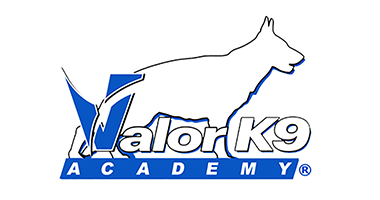
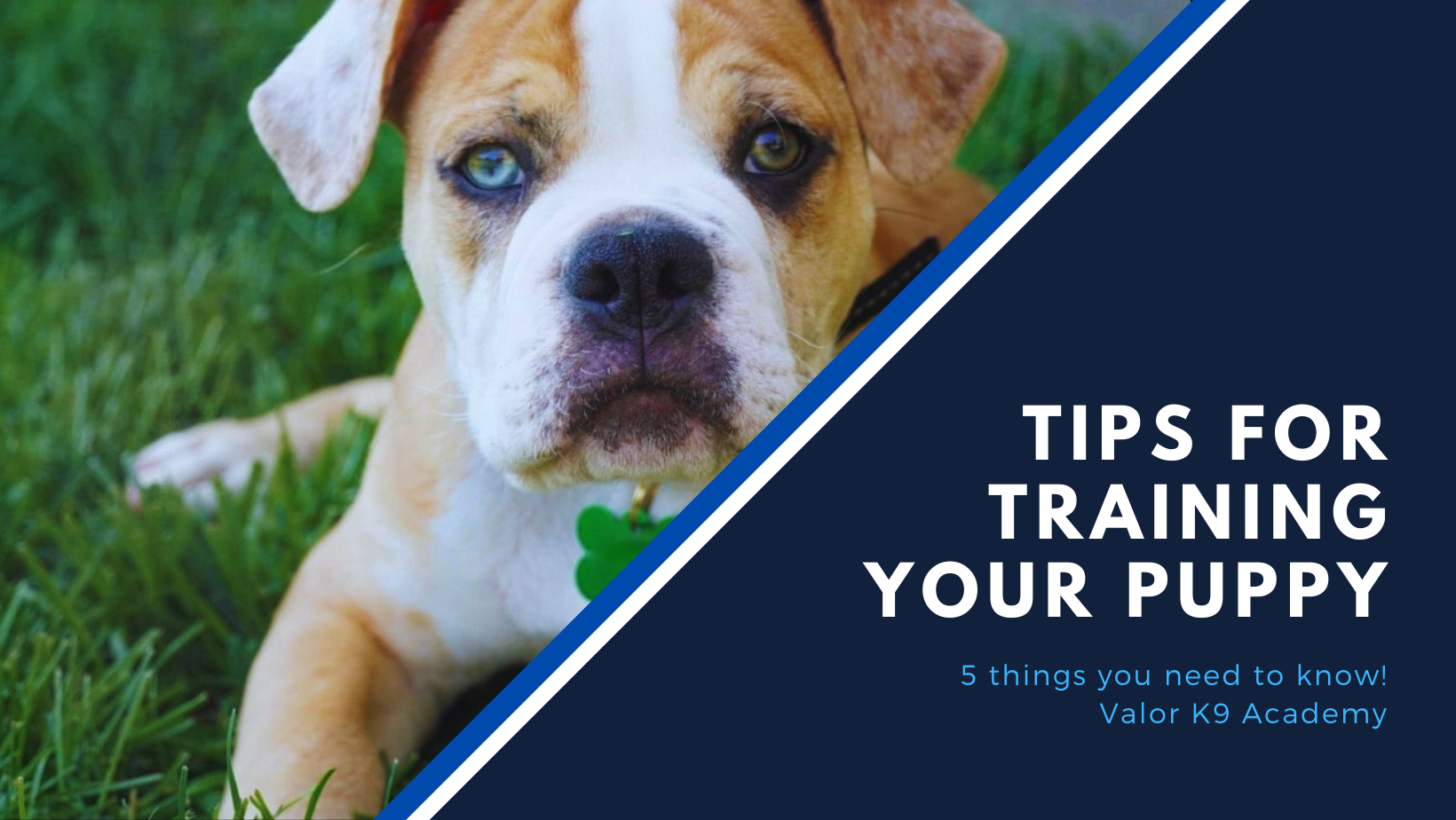
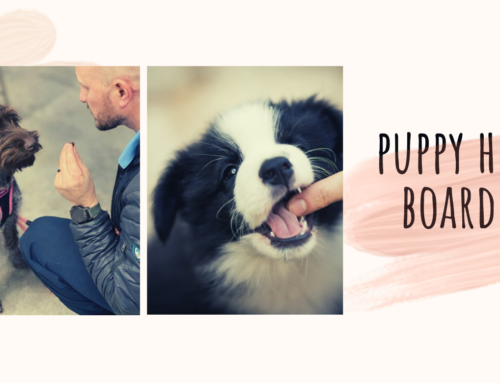
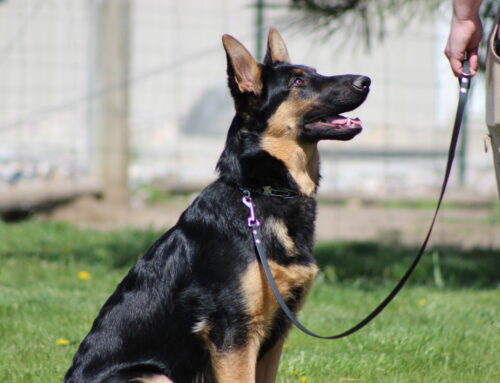
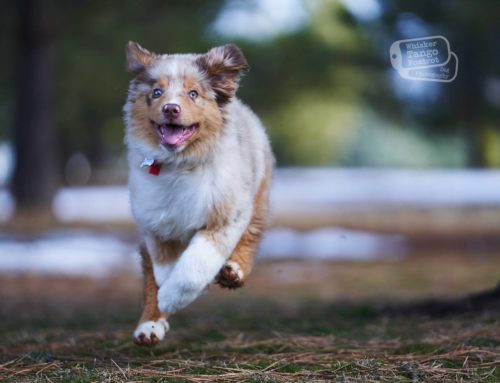
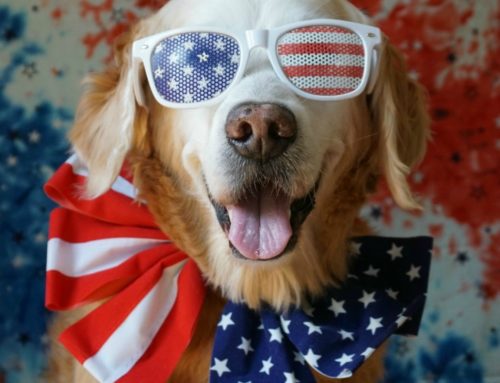

Leave A Comment